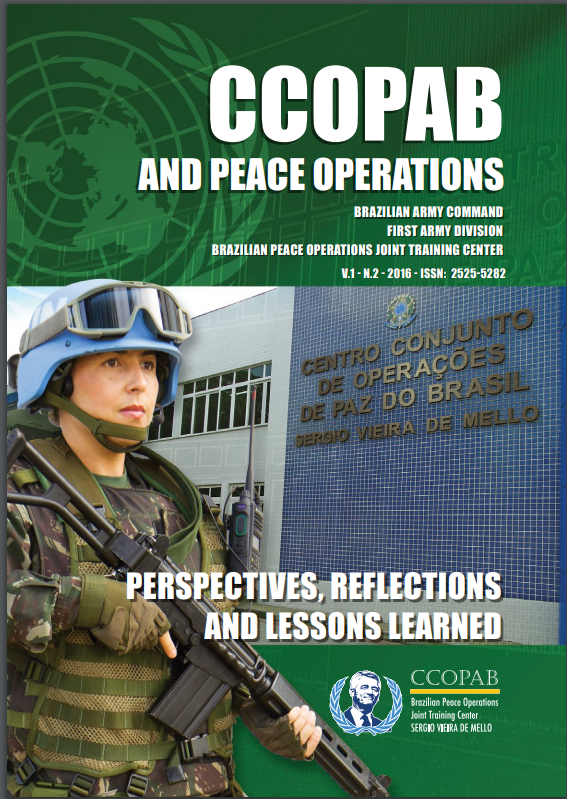The Brazilian military performance in MINUSTAH strategies to confront gangs in Haiti
##plugins.themes.bootstrap3.article.main##
Resumo
This article consists of a synthesis of part of the author’s doctoral thesis. It aims at analyzing the practices adopted by the Brazilian contingents of MINUSTAH to confront the Haitian gangs. The analysis was based on the concept of anomie and the description of the operational experience of the Brazilian Contingents of MINUSTAH. Interviews with mobilized military personnel were used as reference, as well as articles of military men and classified reports from the Ministry of Defense describing the employment of the Brazilian troops. The question lies on whether the modus operandi of the Brazilian troops when confronting the gangs in Haiti is innovating or not. A parameter for innovation may be the employment of the troops in both confronting routines and humanitarian aid activities without deviation from military function. MINUSTAH comprises the first Brazilian experience of use of force in tactical level in a mission of stabilization of the United
Nations mainly guided by Chapter VII of the Charter. The Brazilian State wishes to be more than a mere contributor of troops to the United Nations peacekeeping missions. Reaching the main proponent status in efficient working methodologies employed in situations of high complexity in the peacekeeping missions context is a strategic achievement that places the country closer to the international decision-making process scenario.

